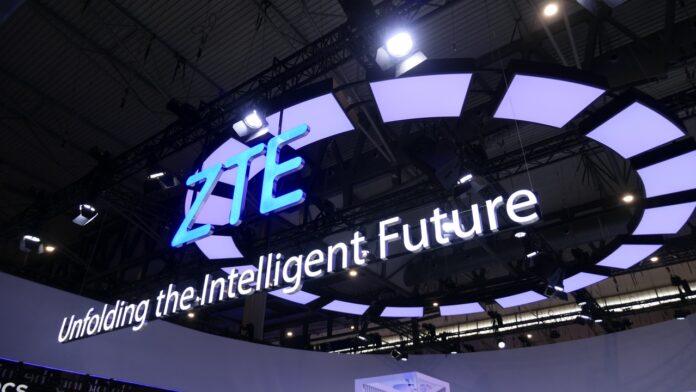
By Juan Pedro Tomás September 26, 2024
Collected at: https://www.rcrwireless.com/20240926/5g/zte-embraces-digital-solutions-connect-rural-isolated-regions
ZTE and China Mobile previously connected world’s highest UNESCO natural heritage site with 5G technology
Chinese vendor ZTE claimed that its digital solutions are helping to bring connectivity to some of the world’s most remote and underserved regions. At the United Nations Summit of the Future 2024 in New York on September 21, ZTE vice president Summer Chen delivered a keynote titled “A Digital Future for All” during ITU’s SDG DIGITAL event.
During her speech, Chen shared the story of Kekexili, the world’s highest UNESCO world natural heritage site. This fragile ecosystem, home to over 200 species including the endangered Tibetan antelope, is largely untouched by human activity, with only park rangers present to protect the wildlife. ZTE, in partnership with China Mobile and Sanjiangyuan National Park, has enabled these rangers to carry out their mission more effectively by constructing a 5G base station in the area. This station allows for real-time monitoring of endangered species and live-streaming of the Tibetan antelope’s migration, attracting nearly 6.7 million viewers worldwide and raising global awareness of the importance of this nature reserve, Chen said.
The 5G base station at Zhuonai Lake uses two frequency bands to achieve a balance between coverage and capacity. The 700 MHz band, combined with 5G ultra-long-range coverage technology, covers a radius of over 10 kilometers, with a single base station covering the entire Zhuonai Lake region. Additionally, the 2.6 GHz band enables support for 32 high-definition video uploads, meeting the high bandwidth requirements for HD video around the protection station.
ZTE’s 5G network also provides rangers with reliable video call capabilities, reducing their isolation during long periods in the wilderness. Additionally, the network’s video monitoring capabilities have decreased the need for patrols by 80%, which not only aids in conservation efforts but also cuts down on carbon emissions—a significant environmental benefit, she added.
Chen also highlighted projects like the 5G Bee-o-Meter in Austria, which helps to enhance bee survival, and a 5G messaging app in China focused on panda conservation.
Another key project involves a collaboration with Orange Liberia to boost connectivity in rural areas of this country. In this initiative, ZTE provided its Rural EcoSite solution to deliver connectivity to some of the most remote areas in Liberia.
The Liberia project saw the installation of 128 full turnkey communication sites that are low-cost, easy to deploy, and environmentally friendly, according to the Chinese vendor. ZTE added that the low power consumption, wide-coverage RAN solution supports 2G, 3G, 4G and 5G technology and utilizes solar power combined with smart lithium batteries to ensure continuous operation even in remote areas without grid power.
Chen concluded his speech by reaffirming ZTE’s commitment to the sustainable development goals (SDGs), stating that the company is focused on fostering resilient ecosystems and prosperous communities through digital innovations.

Leave a Reply